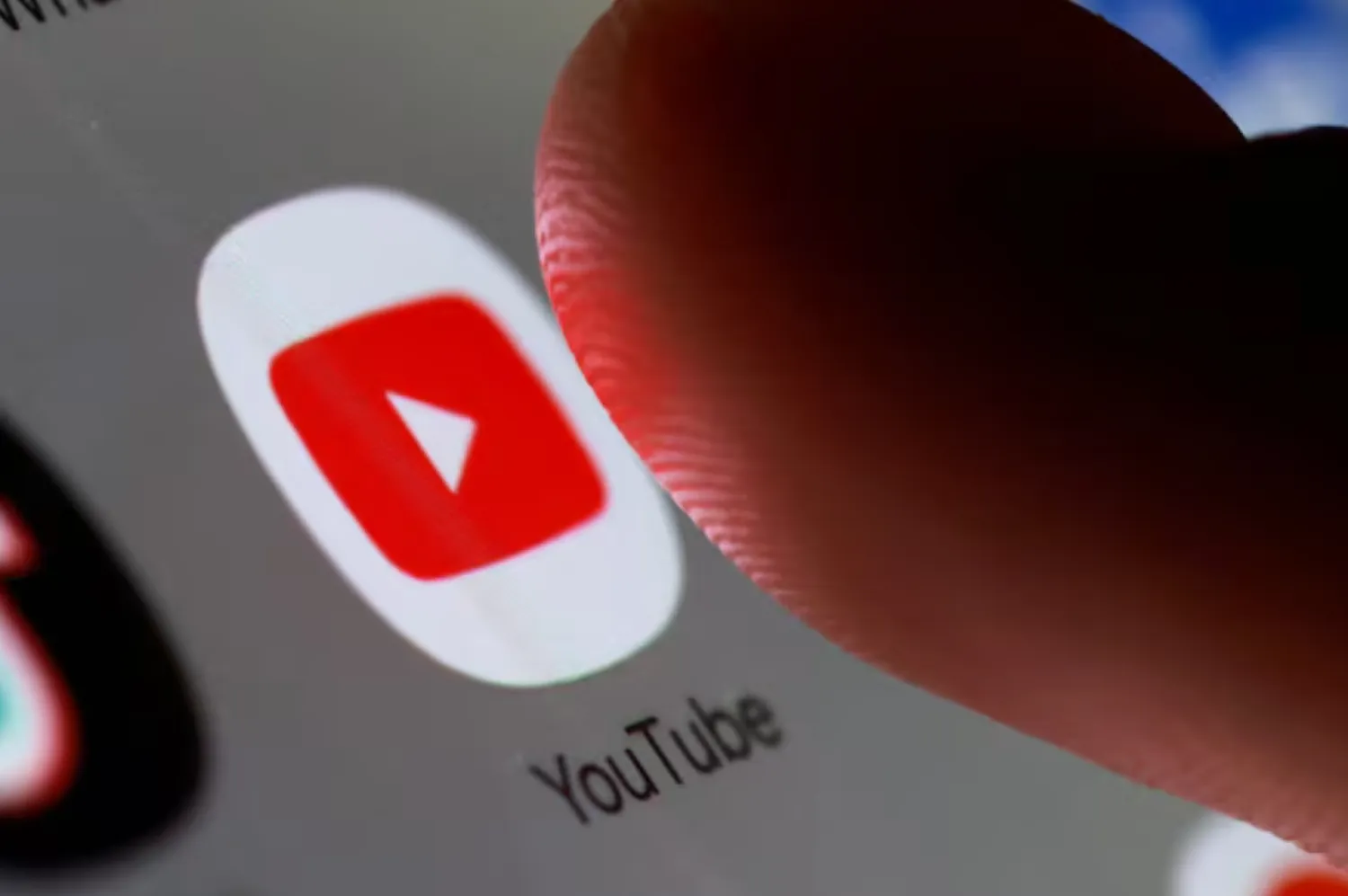The Saudi Data and AI Authority (SDAIA) and the King Abdullah University of Science and Technology (KAUST) will organize the World Artificial Intelligence Competition for Youth (WAICY) in Thuwal, Jeddah, on December 2-3.
The competition will be held simultaneously in 39 countries, with the participation of over 18,000 students from public schools, including the Kingdom.
The competition is taking place for the second consecutive year, featuring over 6,000 project submissions from participating students for remote and in-person discussions.
WAICY is one of the largest international competitions focusing on artificial intelligence (AI), generating interest from countries around the world. SDAIA has taken the lead in adopting this competition to equip the future generation with the skills to learn and apply AI technology for solving real-world problems.
The competition will be conducted through an integrated approach, where students will present their projects online, accompanied by explanatory videos. Selected projects will be assigned specific times and dates for presentation during the competition. The competition encompasses three tracks: AI Showcase, AI Generated Art, and AI LLM.
This competition contributes to achieving the highest levels of human development in the Kingdom by fostering human capital and sustainably enhancing the capabilities of both male and female youth in the field of modern technology.
Furthermore, the competition will prepare the youth in Saudi Arabia for success in advanced technological fields, positioning the Kingdom as a global hub for cutting-edge technologies and AI-related advancements.









